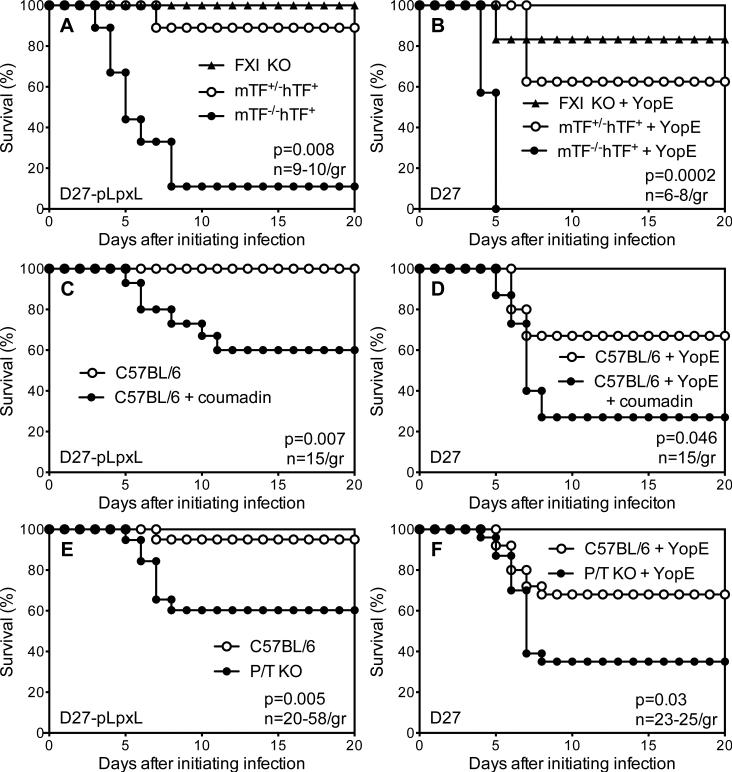Figure 8. Fibrin contributes to innate and T cell-mediated defense against Y. pestis.
(A) Survival for FXI-deficient mice (FXI KO), control het-TF mice (mTF+/-hTF+), and low-TF mice (mTF-/-hTF+) after intranasal challenge with 2×106 CFU Y. pestis strain D27-pLpxL (p=0.008 for low-TF versus het-TF; n=9-10 mice/group). (B) Survival for YopE-immunized FXI KO, het-TF and low-TF mice after intranasal challenge with 2×105 CFU Y. pestis strain KIM D27 (p=0.003; for low-TF versus het-TF; n=6-8 mice/group). (C) Survival for control C57BL/6 mice and coumadin-treated C57BL/6 mice after intranasal challenge with 2×106 CFU Y. pestis strain D27-pLpxL (p=0.007; n=15 mice/group). (D) Survival for YopE-immunized C57BL/6 mice and coumadin-treated YopE-immunized C57BL/6 mice after intranasal challenge with 2×105 CFU Y. pestis strain KIM D27 (p=0.046; n=15 mice/group). (E) Survival for wild type C57BL/6 mice and PAI-1/TAFI-deficient mice (P/T KO) after intranasal challenge with 2×106 CFU Y. pestis strain D27-pLpxL (p=0.005; n=20-58 mice/group). (F) Survival for YopE-immunized wild type C57BL/6 mice and YopE-immunized P/T KO mice after intranasal challenge with 2×105 CFU Y. pestis strain KIM D27 (p=0.03; n=23-25 mice/group). Data for all panels is pooled from 2-4 independent experiments.

